It’s that time of year again! The birds are heading south, and the hearth fires are ablaze. Having a campfire out under the stars on a chilly night is one thing. Trying to heat your home with a wood stove or fireplace is quite another.
Have you ever been around a fire when the wood starts snapping and crackling, followed by little bits of burning embers flying all over the place? That was likely horse chestnut. While ALL wood burn, it doesn’t all burn the same way. This is why it’s best to get to know your wood.
Let’s get into it.
Wood You Shouldn’t Burn Indoors
The smell of pine and cedar wood burning is incredible — at least I think so. While it may burn well, it should never be an option you choose for burning in an indoor fireplace or wood-burning stove.
Softwood and resinous wood should be avoided. For one, softwood doesn’t burn very well, but more importantly, resinous wood contains oil and resin that can gum up your chimney pipes. Pine, for example, has a deliciously scented sap and it’s excellent for starting a fire. However, that resin will ultimately burn hot, and it’s not worth risking anyone’s safety inside. Pine pitch is prized by survivalists and preppers because it’s so useful for fires.
- Pine
- Birch
- Cedar
- Aspen
- Eucalyptus
One more thing about softwood (before I move on) is that it burns relatively quickly, leaves little to no coals, and creates a lot of smoke (leading to soot). In the long run, softwood is not worth it. Tossing a few pieces of softwood into the fireplace or wood stove is okay, but I’d try not to make it a habit.
The Best Firewood for Warmth
Now we’re getting to the good stuff. If you plan on heating your home with wood, you might want to be sure you’ve got one or two of the following varieties to stack in your woodpile.
Ash
Ash produces a steady flame with a really lovely heat output. It is one of the wood varieties that can be burned while it is still green (if you must). Otherwise, it’s best that it gets stacked and allowed around six months to season before use.
Beech
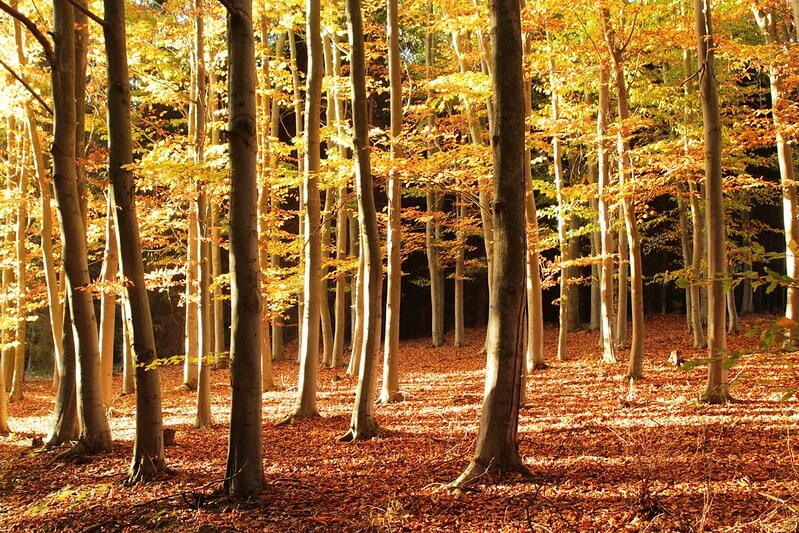
Beech burns best when it’s fully dry, much like many other wood varieties. It produces a steady flame with a good output of heat.
Hawthorn
Hawthorn is incredible for those long, cold winter nights. This wood variety burns hot and slow.
Honey Locust
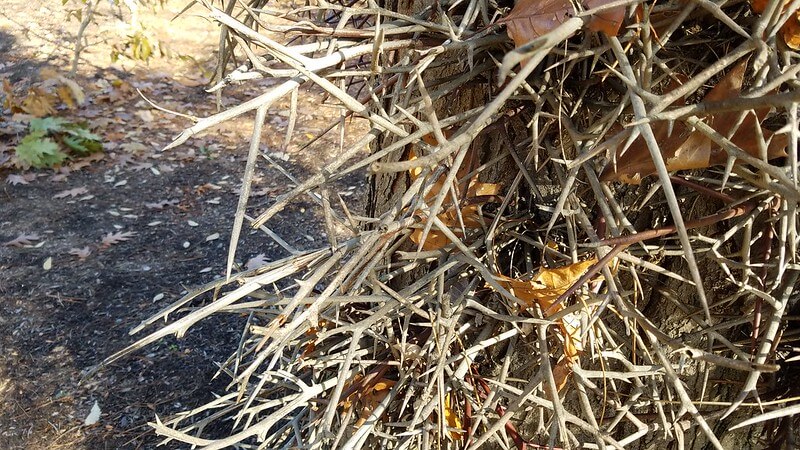
Honey locust trees are riddled with thorns, but if you can get past their first line of defense, you’ll have some excellent firewood. It’s dense and burns long and hot.
Rowan
Similar to hawthorn, it provides a long-lasting burn with good heat output. This variety of wood burns slow, making another excellent choice for nighttime.
Yew
This wood has an incredibly slow burn time with a super-high heat output. It’s excellent for large homes or very cold weather.
The Next Best Thing
Don’t get me wrong, there is a wide variety of wood that can be burned to keep your home, shed, or space warm. Much like anything, some things are better suited than others.
Oak
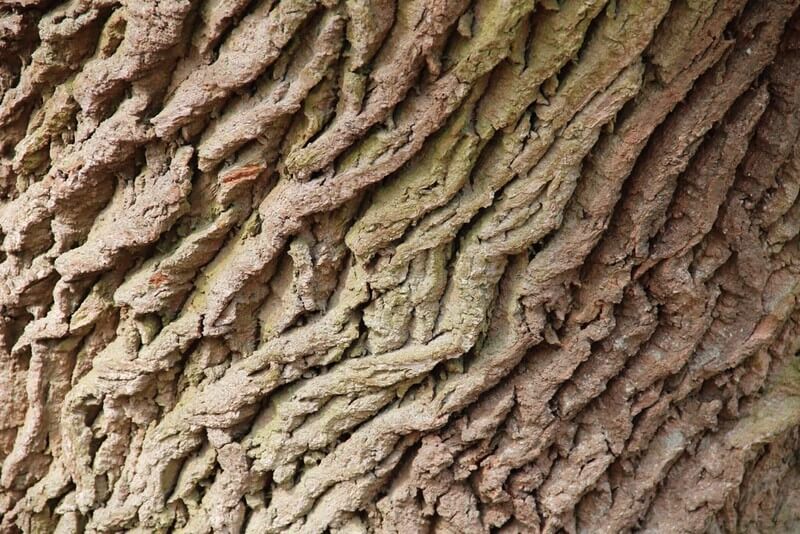
Red and white oak are heavy hardwood trees. They produce small flames and burn relatively slowly. After a couple of years left to properly season, oak is at its best.
Pear and Plum
There is a world full of opinions when it comes to firewood. While some feel as though pear and plum wood produce significant heat, others find it to be “okay.” Regardless, well-seasoned pear and plum wood provide a decent amount of heat.
Maple
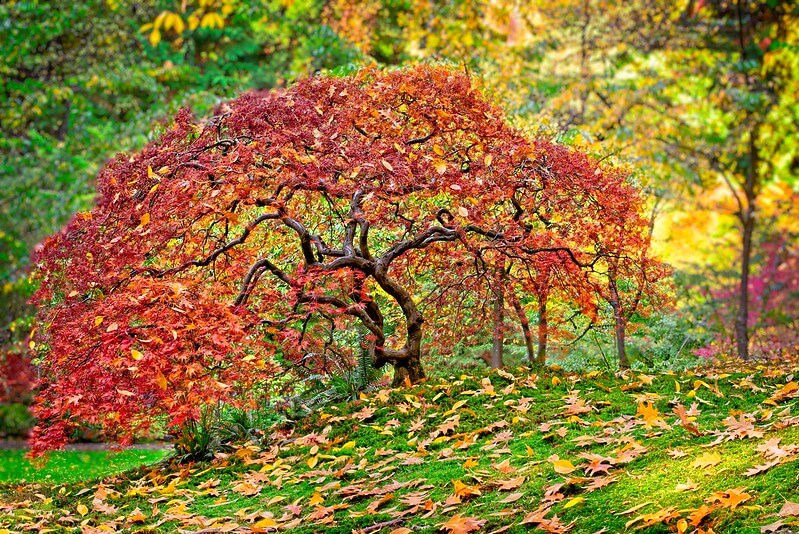
I would much rather tap a maple tree for the sweet syrup than to cut it to burn. However, nature takes its own course sometimes, and we end up with fallen trees. Maple produces a good flame, steady heat, and burns reasonably well.
Lilac
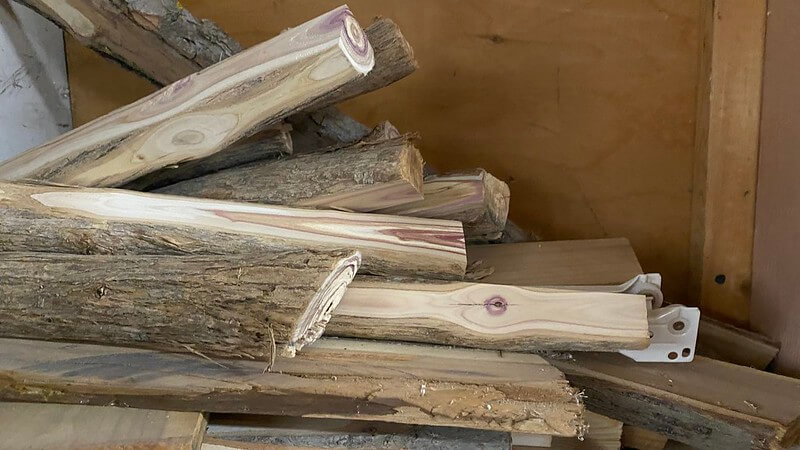
It may be more of a shrub than a tree, but lilac still has some bits of wood. I’d rather see it living and in full bloom, but things happen. That being said, the dead twigs and branches of lilac make incredible kindling and tinder. The seasoned wood burns reasonably well, so it’s an option.
Hazelwood
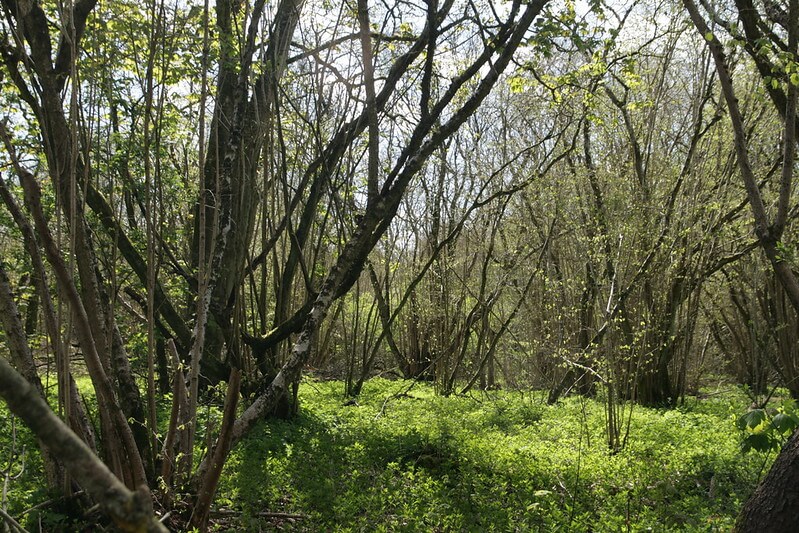
Hazelwood burns fast and hot. It isn’t something you’d want to burn overnight; otherwise, you’d be up often to add more wood. Hazelwood is an excellent choice to get the stove roaring for the long cold nights. Let some coals build up and toss in a chunk of slow-burning wood.
Cherry
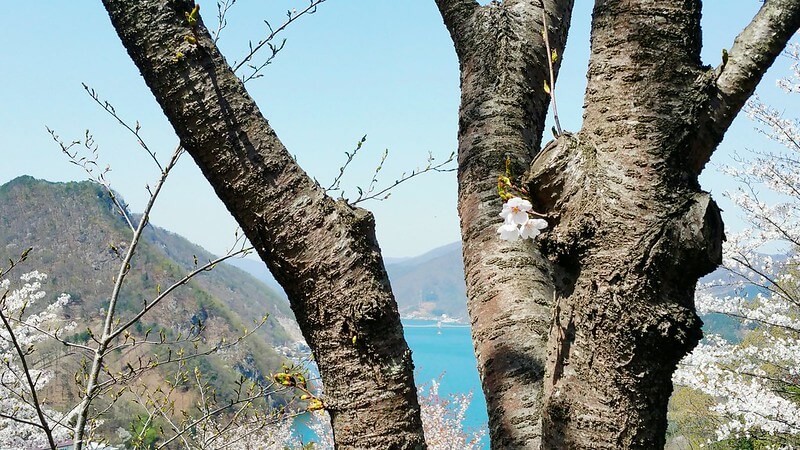
Cherry wood smells fantastic. It has a decent output of heat with a slow, steady burn.
Hardwoods Or Softwoods?
Again, there are many types of wood that are an excellent source of heat and cook wood. I could quickly end up with a book, so I chopped the list to some of my favorites.
The high density of plant cells found in hardwoods is the reason these types of wood burn so hot. It’s also why they tend to create less smoke than softwood species. Hardwoods also burn a bit longer than softwood as well. Hardwoods such as: Oak, almond, ash, apple, cherry, birch, dogwood, and maple produce less smoke than other varieties. Aspen, elm, basswood, and elm are hardwood varieties that generate more smoke.
Firewood Smokiness
I mention the smoking aspect because if you’re burning the wood indoors you should know what to expect. Whether you’re using a fireplace or a wood stove, the wood will smoke the same. Opening the wood stove door to a cloud of smoke can be a surprise. Adjusting the flue will help but when there’s excess smoke it tends to linger in the oven.
If you don’t know how to identify trees and use a wood stove or heat source, investing in a pocket guide may be a good idea. Remember, all wood burns; it just doesn’t burn the same. In a survival situation, I’d say burn it if it burns, but it’s crucial to pay attention to the fire and the amount of soot that collects. If you only have resinous wood, your pipes will need some extra TLC to keep the pipes and building from catching on fire. Remember, there are several ways to source free firewood. There are many people that will let you have the wood for free if you cut it and haul it yourself.
Happy & Safe Burning!
I hope you and your loved ones have a safe, healthy, and happy winter season. And if you use wood to heat, have a beautiful stack by your side. Being able to harvest wood from your property can save you money, and you’ll want to make sure you replant what’s been taken in order to be ready for the many winters to come.
Please learn what you can about the type of wood you’re burning. The resin produced from some can lead to a fire in your pipes. If you purchase your wood from someone else, don’t be shy. Ask them questions about the wood so you have the inside scoop. Beware of scammers, I’ve seen some shady businesses where people toss in whatever wood they have around and that doesn’t always end well. Stay safe and warm out there y’all!


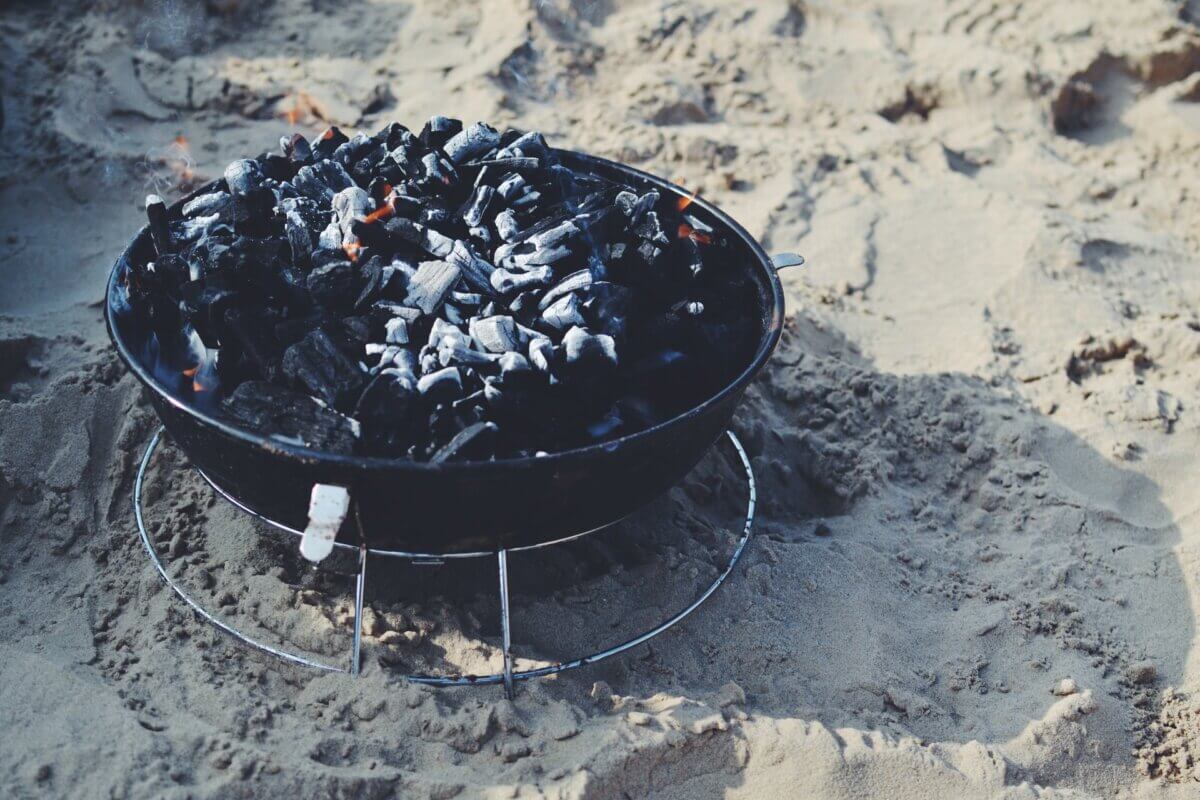








































Sorry, but I can’t agree with your “never burn soft wood” statement. Of course hard wood is better, but all we have here in the inter-mountain west of Idaho is soft wood, and we burn a lot of it to heat our homes through sub-zero winter temps. We burn about 10 cords per year of mostly lodgepole pine, white fir, and douglas fir that comes from cleaning up our property. Other resident get their firewood from Forest service land. I think it is not a problem with creosote build up, etc. because we have a hot fire burning for so many of the hours of the day. I think I’ll go put some more wood in the stove.
Hello @Cynthia Henry! Well, I have to say you’re right about what you say. More than anything I meant that if hardwood is available there’s no need to burn softwood. There are some soft resinous woods that can cause a build up in stove pipes if the fire isn’t hot enough or burned often. Thank you for sharing your experience of life in the inter-mountain west of Idaho.
That’s somewhere I’ve never been in my travels. When it comes down to it, ALL wood burns and can be used. When the better options are available choose them and when they’re not, choose the best of what ya got to make due.
Exactly!
Millions of people heat solely with softwood around the world. Keep your chimney clean and the fire hot and all is well.
The author talking about softwoods being a risk to safety is simply baseless fear mongering.